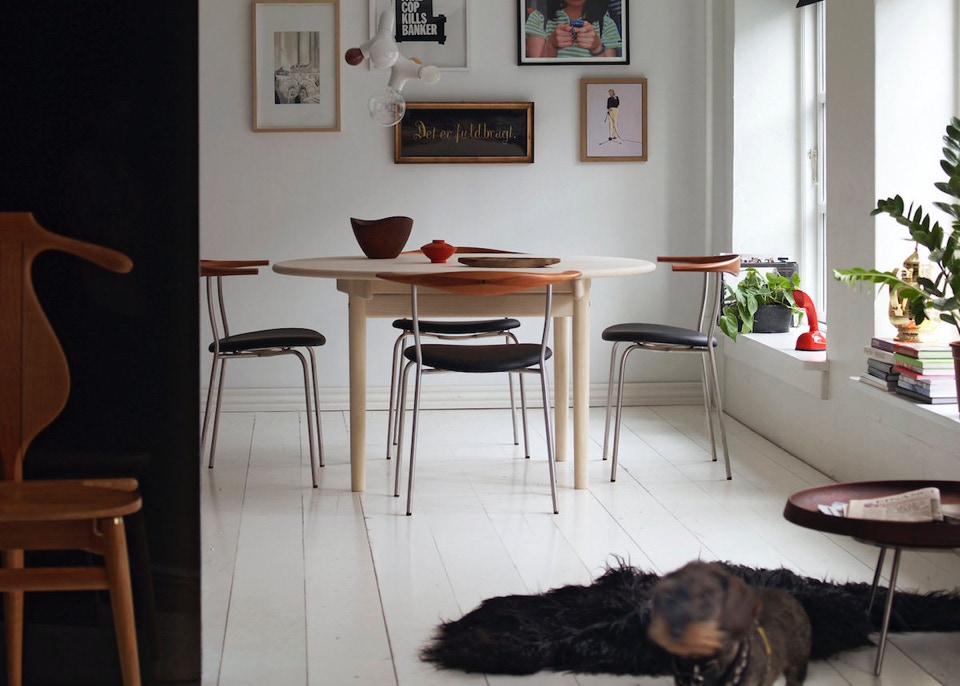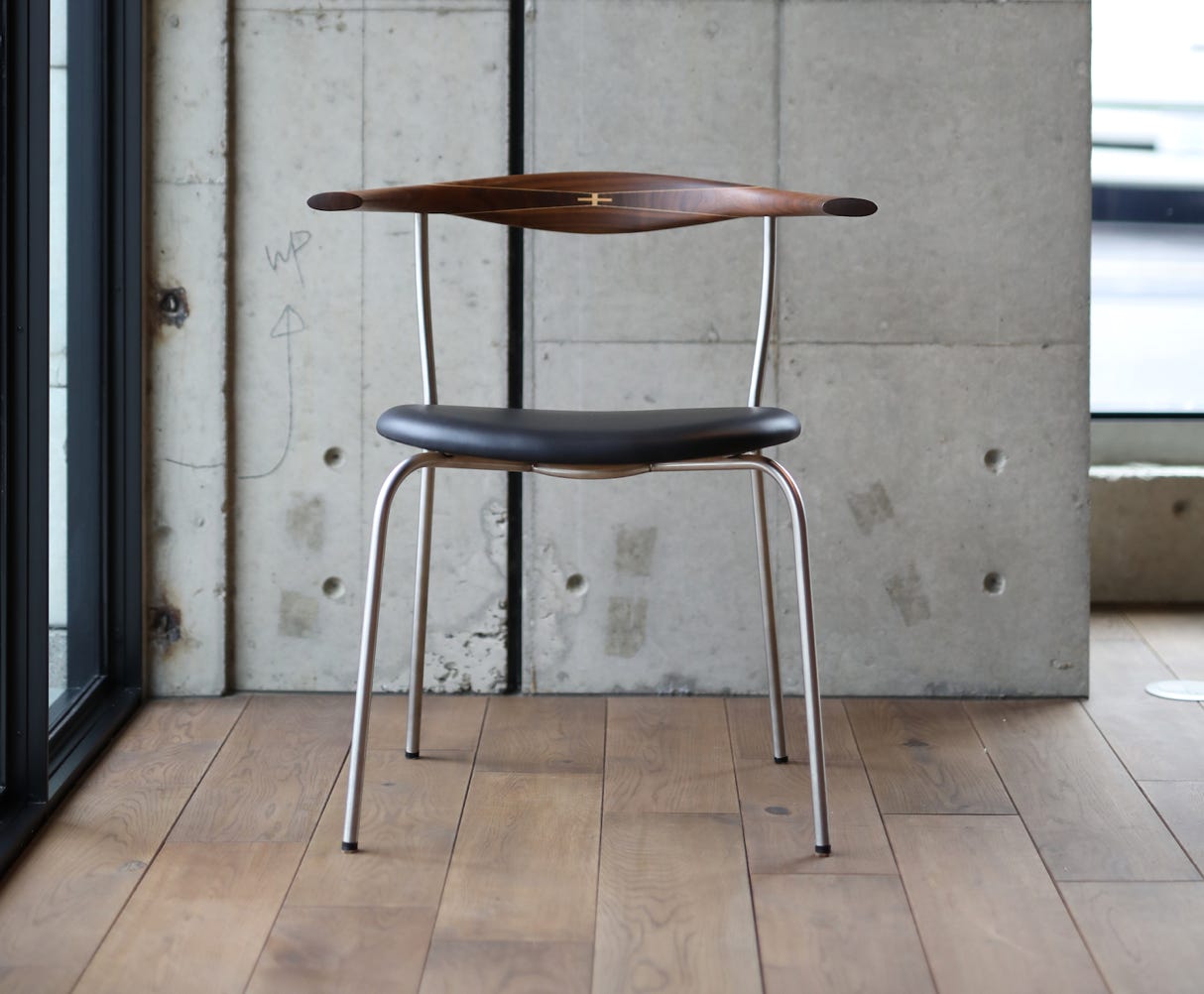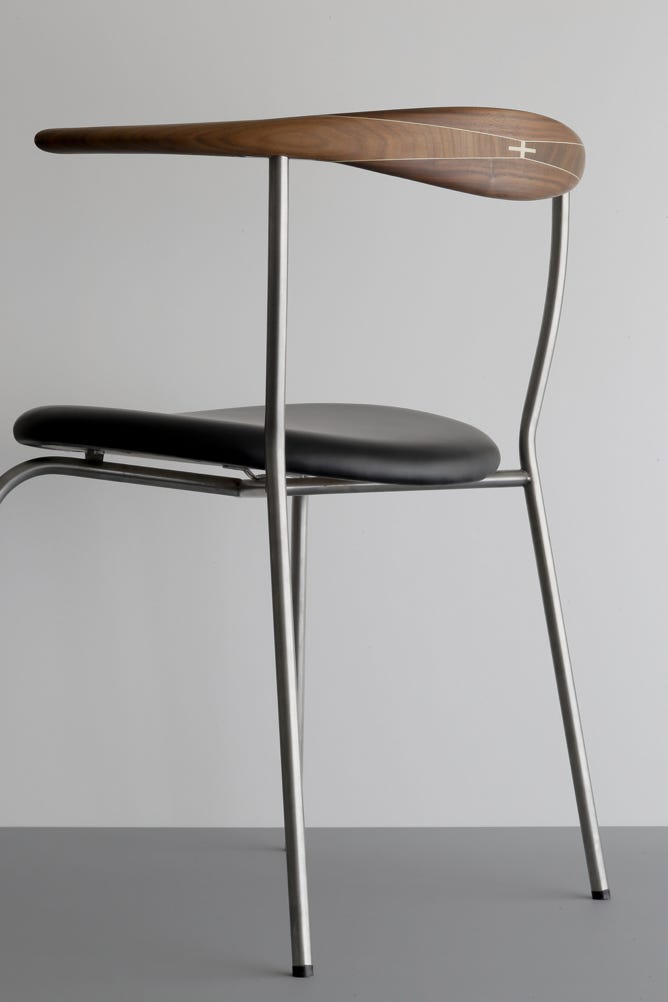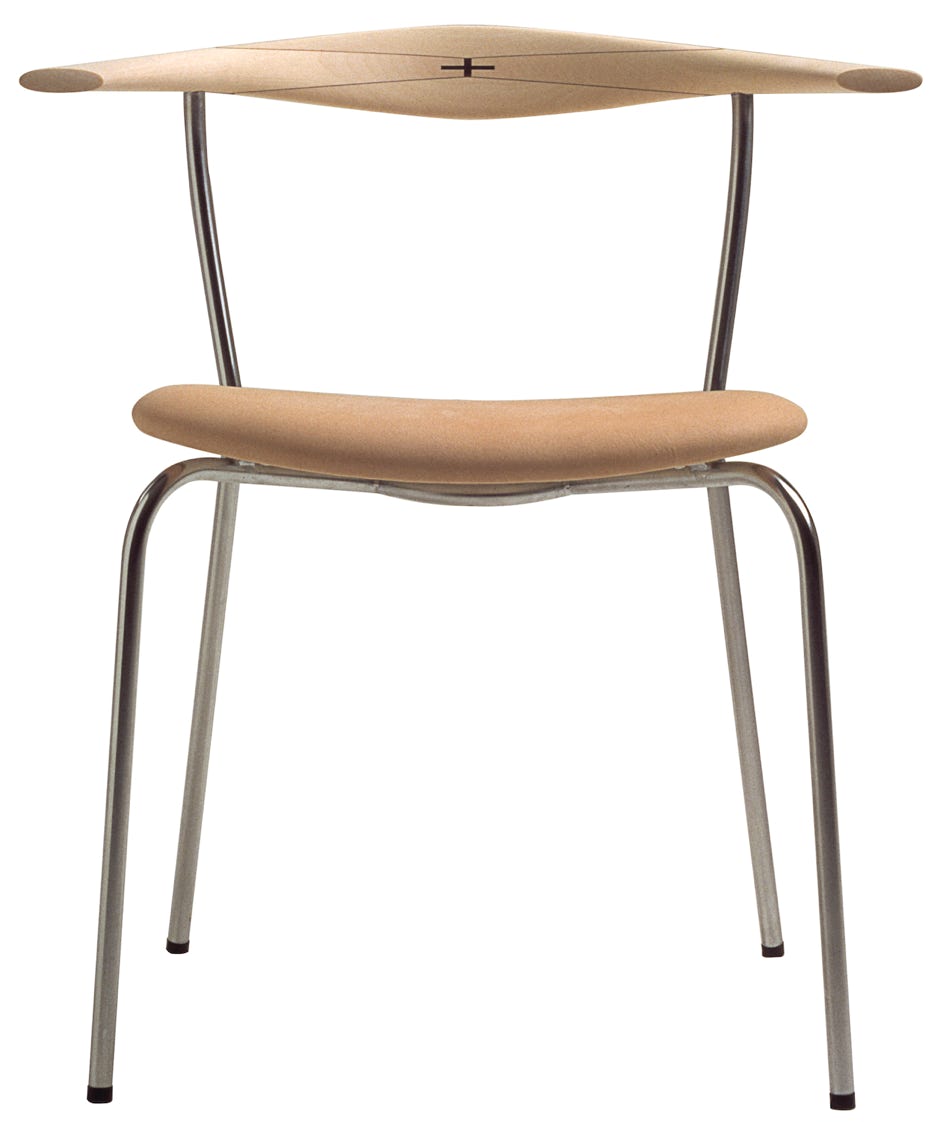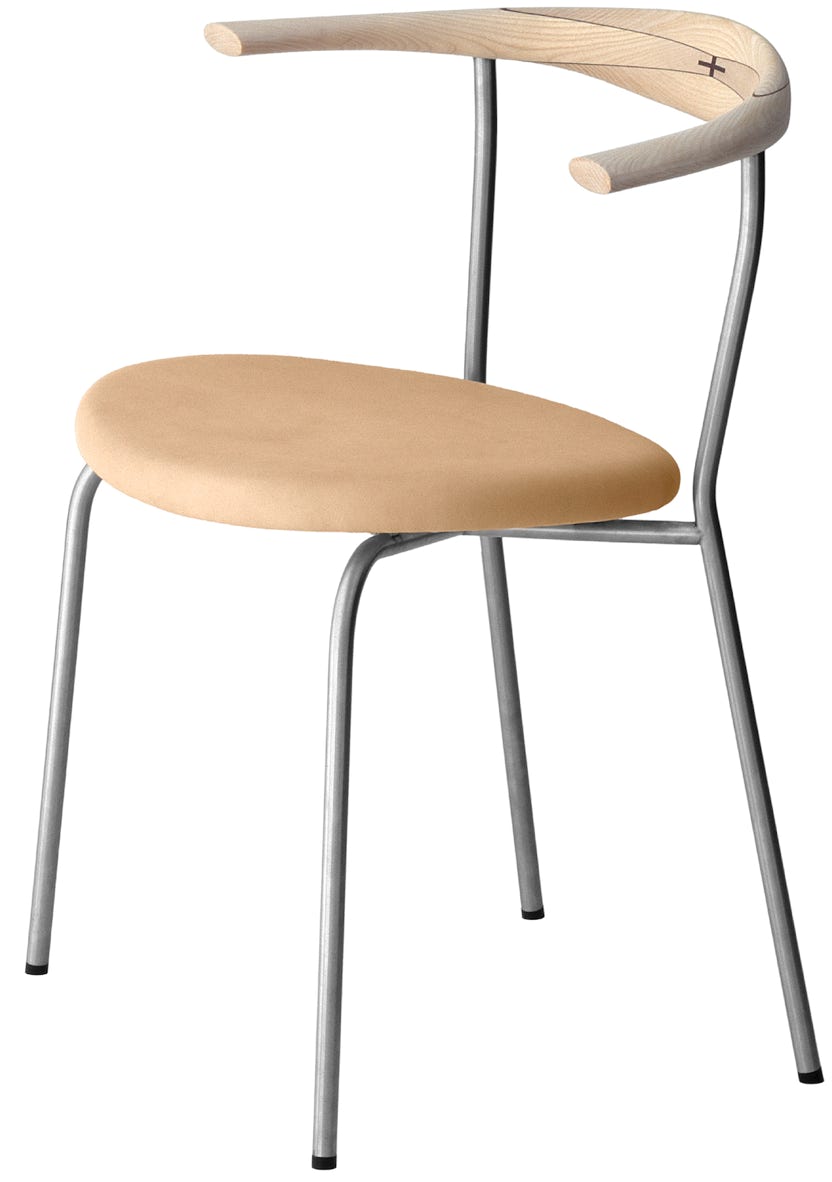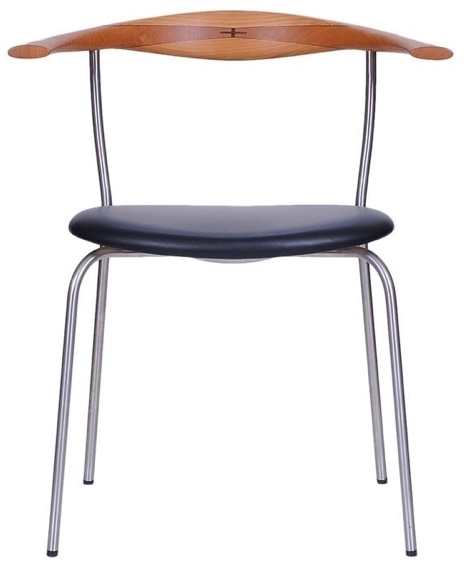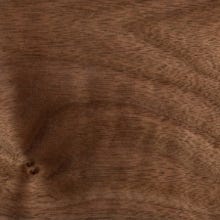oiled oak
The PP701 Minimal chair – one of the very few chair designed by Hans J. Wegner to use steel – is an ideal chair for a dining room. The unusual combination of metal, wood and upholstered seat contributes to its almost transparent appearance. Note the decorative and mounting details in the middle of his backrest. With its different finishes, the PP701 chair goes perfectly with the Hans Wegner PP726 and PP752 tables.
The back rest have a nice rosewood detail in the backrest (maple for the walnut version).
Several leathers are available for the upholstered seat. The chair fits perfectly with Hans Wegner's tables PP726 and PP752.
Frame polished stainless steel
Seat semi-aniline leather
Dimensions W63 x D46 x H70 – seat height 45 cm
noyer huilé
PP701 Minimal Chair
from
Free samples (against deposit)
WOODS
soaped oak
white oiled oak
oiled oak
clear lacquered oak
oiled walnut
clear lacquered walnut
oiled cherry
clear lacquered cherry
soaped ash
oiled ash
clear lacquered ash
LEATHERS
Vegetal by Sørensen – colour Nature
Elegance by Sørensen – colours Black, Indian Red, Walnut, Mocca
Vacona by Camo – colours Sahara, Cognac, Teak, Marble, Indigo Blue, Fango
Hans J. Wegner

Hans J. Wegner was born in 1914 in Tønder, Denmark, the son of a shoemaker. At the age of 17, he finished his apprenticeship as a cabinetmaker with H. F. Stahlberg, in whose workshops Wegner’s first design experiments took form. He moved to Copenhagen as a 20 year-old, and attended the School of Arts and Crafts from 1936 – 1938 before he began working as an architect.
As a young architect, Wegner joined Arne Jacobsen and Erik Møller in Århus, working on furniture design for the new Århus city hall in 1940. It was during the same year that Wegner began collaborating with master cabinetmaker, Johannes Hansen, who was a driving force in bringing new furniture design to the Danish public.
The Copenhagen Museum of Art and Industry acquired its first Wegner chair in 1942.
Wegner started his own design office in 1943. It was in 1944 that he designed the first “Chinese chair” in a series of new chairs that were inspired by portraits of Danish merchants sitting in Ming chairs. One of these chairs, the “Wishbone Chair”, designed in 1949 and produced by Carl Hansen & Son in Odense since 1950, became the most successful of all Wegner chairs.
Among Danish furniture designers, Hans J. Wegner is considered one of the most creative and productive. He has received practically every major recognition given to designers, including the Lunning prize, the grand prix of the Milan Triennale, Sweden’s Prince Eugen medal and the Danish Eckersberg medal. Wegner is an honorary Royal designer for industry of the Royal Society of Arts in London. Almost all of the world’s major design museums – from The Museum of Modern Art in New York to Die Neue Sammlung in Munich – include his furniture in their collections.
Hans J. Wegner died in Denmark in January, 2007.
Hans J. Wegner’s contribution to Danish Modern:
- First a cabinetmaker, then a designer: integrates exacting joinery techniques and exquisite form.
- A deep respect for wood and its characteristics – and an abiding curiosity about other natural materials
- Brings an organic, natural softness to formalistic minimalism
- Generally regarded as ”the master of the chair”, with more than 400 chair designs to his name





